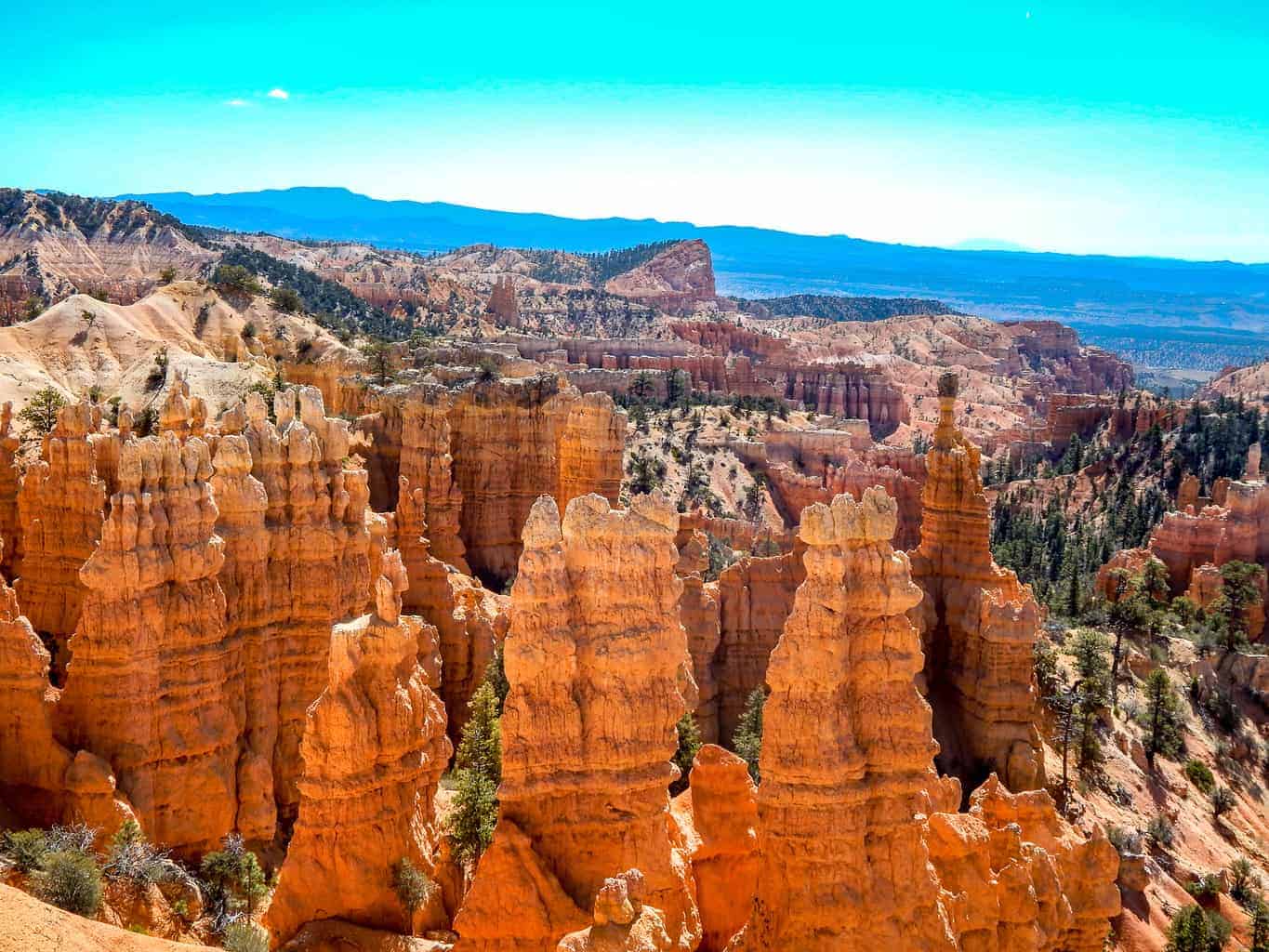

The wildlife is topped off with around 170 species of birds. Some of the popular species include badger, black bear, bobcat, elk, fox, mule deer, porcupine, prairie dog, and pronghorn. Over 400 endemic plants are found within the park boundaries with three different ecological zones.īryce Canyon is home to a nice variety of wildlife as well as spectacular landscapes. Many of the amphitheaters are decorated with colorful hoodoos. The Paria River meandered throughout the Paunsaugunt Plateau over the years creating these amphitheaters that blanket the park. The hoodoos drape across many of the amphitheaters' walls serving as nature’s own spectators.

The hoodoos, as some of the pinnacle attractions, reach heights up to 200 feet (60 m). The Bryce Canyon ridge ranges in height from 8,000 to 9,000 feet (2,400 to 2,700 m).

The varying colors of red, orange, and white intertwined across the hoodoos, rock formations, and canyon walls create awe-inspiring landscapes. However, the incredible collection of hoodoos and other picturesque rock formations makes the visit worthwhile. The remoteness of the park makes it visited less than its neighbor and other national parks in the northwestern region of the United States. Together, they create some of the most pristine and stunning wilderness found across the country. It is a sister protected area to neighboring Zion National Park. The park covers an area of 56 square miles (sq km 145). Bryce Canyon National Park is located in the corner of southwestern Utah.


 0 kommentar(er)
0 kommentar(er)
